
After the end of the Second World War, the co-operation between the Allies who had defeated Germany, broke down.
The country was then divided into four different occupation zones.
In the East, roughly a third of the country came under Russian control, and the remaining two-thirds in the West were split between American, British and French control.
What became known as the Cold War lasted from 1947 to 1991, a period when tensions between East and West ran high. People on both sides of the Iron curtain lived in constant fear of a full-blown nuclear war.
The German capital Berlin was also split into East and West.
In 1961 the Communist-controlled East erected the heavily-guarded Berlin Wall, dividing families and communities.
Mutual distrust and the constant fear of nuclear war led to paranoia and suspicion.
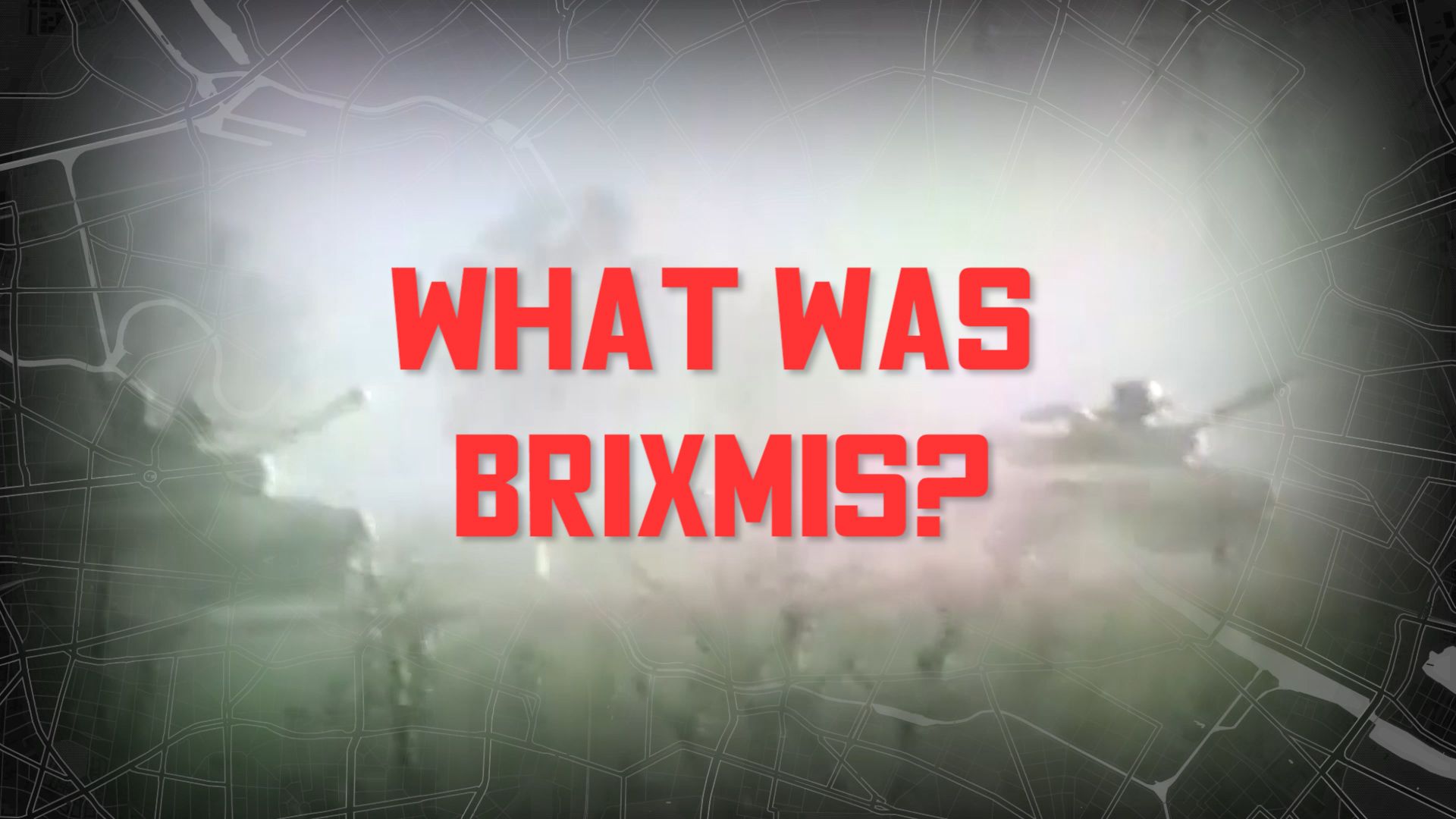
On 16 September 1946, with Germany broken into four, the Robertson-Malinin Agreement came into effect to allow the free movement of military representatives from all four nations across the border.

First page of the Robertson-Malinin Agreement.
First page of the Robertson-Malinin Agreement.

Second page of the Robertson-Malinin Agreement.
Second page of the Robertson-Malinin Agreement.
From this, the four military liaison missions were created: the American USMLM, the French FMLM, the Soviet SOXMIS and the British BRIXMIS.
The missions started out as a communications channel between East and West.
BRIXMIS were allocated 31 passes allowing 31 members to cross the border into East Germany. They had to wear uniform and drive marked vehicles.

Members of USMLM during a tour.
Members of USMLM during a tour.
The American sister mission USMLM had just 14 members, but the two units operated in similar clandestine ways.
In return, the Soviet troops were granted equal access to West Germany with their mission SOXMIS.
Both sides took the opportunity to exploit this access.
The Brits used it to spy on the Soviet military arsenal; taking photographs and video recordings which were passed back to the intelligence community.
The hope was to identify the location of East German missile silos used to house nuclear arms.

BRIXMIS members Learmont and Boland with Opel Senator No. 1.
BRIXMIS members Learmont and Boland with Opel Senator No. 1.
Members of the unit operated in three-men teams and didn’t carry a single weapon between them.
But as they entered the East, the constant fear of their vehicles being rammed or "turned over" by Soviet forces was always high.
There was no safe place to hide secret information once they crossed the border.
The men of BRIXMIS never took with them any information about their targets, or about the mission itself.
Even the maps that they carried around, explained Dave Butler, who served in BRIXMIS between 1986-89, had minimal information on them.
They showed just two symbols, a “Z” which indicated a good place to sleep and an ice cream cone for the nearest ice-cream shop to cool down.
But when the Russian’s got hold of this they thought the cones were actually pin points for nuclear detonation sites.

BRIXMIS were based in a grand-looking manor house in Potsdam, just East of Berlin.
The East German secret police (Stasi) paid the housekeeping staff to spy on the BRIXMIS men who lived there.

BRIXMIS mission house in Potsdam.
BRIXMIS mission house in Potsdam.
The Stasi also positioned a long-range microphone on the far side of the lake to try and pick up the conversations in the gardens.
Teams would set off from the BRIXMIS mission house to target Soviet troops. This would often happen in the middle of the night.
They would single out rubbish dumps, tank ranges and exercise areas. The aim always the same: acquire as much intelligence as possible about the Soviet units stationed in East Germany.

Dave Butler with his kennel tent during a BRIXMIS sortie in 1988.
Dave Butler with his kennel tent during a BRIXMIS sortie in 1988.
BRIXMIS tours were out on the ground for days at a time, claiming they spent more time under canvas than any other unit in the British Army.
Before they bedded down for the night, they would need to conduct anti-surveillance, or "de-narking" to get rid of any enemy tails.
The teams would sleep fully clothed so they could be ready to go immediately if disturbed.

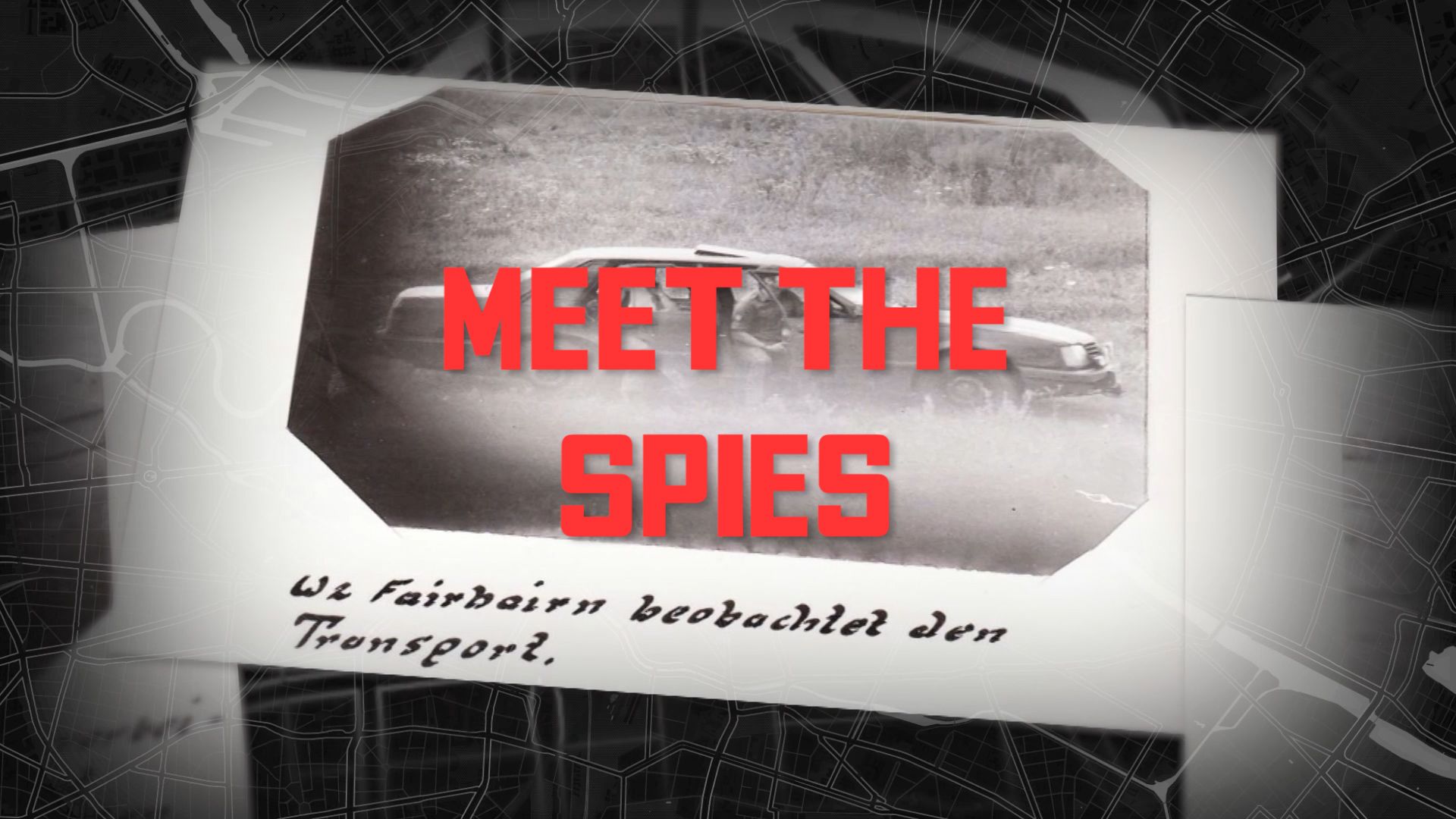

Dave Butler during a BRIXMIS tour in the 1980s.
Dave Butler during a BRIXMIS tour in the 1980s.

Dave Butler near the German/Polish border in the 1980s.
Dave Butler near the German/Polish border in the 1980s.
Dave Butler, BRIXMIS NCO
In the late 1980s Dave Butler served in BRIXMIS as a Tour Non-commissioned Officer (NCO), working with a Tour Officer and a driver as part of a close-knit three-men team.
Just 30 years ago, Germany was a different place, "a microcosm of the wider Cold War in Europe", said Dave.
"The idea of British troops entering East Germany was unthinkable except for the soldiers, sailors and airmen who served in BRIXMIS," he added.
It was in the former Soviet Lieberose Tank Range where he made one of his most important finds of his career in BRIXMIS.
Video shot by BRIXMIS.
Video shot by BRIXMIS.
Thirty years after his last mission in East Germany with BRIXMIS, he recalled how different the tank range looked.
"None of these trees were here. Thirty-three years ago this was a tank range," he said adding that for 4km there would be nothing in sight except tanks coming and going.
BRIXMIS Tour Officers and NCOs would spy on Soviet soldiers, watching their tanks leave, they would scour the field for discarded ammunition and kit.
Things left behind by the Soviet troops would then be brought back to be examined to try and gain valuable information.
During a routine scavenge at the Lieberose Tank Range, Dave struck lucky and found something remarkable: an Explosive Reactive Armour (ERA) box belonging to a T80 tank.

Original ERA box found by Dave in the 1980s.
Original ERA box found by Dave in the 1980s.
In the 1980s the T80 tank was at the heart of the Soviet war machine.
This meant the ERA box was at the very top of NATO's target acquisition list.
It was a clever piece of armour that tripled the resistance of the brand new T80s.

The ERA box highlighted on a T80 tank.
The ERA box highlighted on a T80 tank.
Following closer inspection of the ERA box, it found that NATO’s anti-tank weaponry was not strong enough to penetrate Soviet armour.
Weapon designers were then sent back to the drawing board.
Major General Peter Willaims, BRIXMIS Tour Officer
As a captain, Peter Williams served two tours with BRIXMIS. The work would often bring him face to face with Soviet officers.

Major General Peter Williams in 1981.
Major General Peter Williams in 1981.
A fluent Russian speaker Peter was confident he could talk his way out of trouble, but sometimes he had no idea he was being observed by the enemy…
Sergei Savchenko, SERB Officer
Sergei Savchenko was an Officer with the Soviet External Relations Branch (SERB), a Russian unit in charge of keeping an eye on the BRIXMIS operation.

Sergei Savchenko (left) whilst serving in SERB.
Sergei Savchenko (left) whilst serving in SERB.
He was stationed in Potsdam, just outside Berlin from 1985 until 1989.
Thirty years since the end of BRIXMIS, the two men had the chance to meet on the famous Glienicke Bridge.
It was the location for some of the most famous Cold War prisoner exchanges. The relatively small steel structure links Berlin with Potsdam, and spanned the frontline of the Cold War for four decades.
It was a story that was later highlighted in the Spielberg film “Bridge of Spies”.

A picture of the Glienicke Bridge taken by BRIXMIS units.
A picture of the Glienicke Bridge taken by BRIXMIS units.
"The least problems that we had were from the French. They were the quietest," said Sergei, recalling his time in SERB.
During their walk across the bridge, Dave asked him if Soviet forces knew how much kit BRIXMIS had stolen from them… Sergei replied Soviet soldiers did not always report these incidents.
"The punishment for losing that would be very strict on them, so they probably pretended that it never disappeared," Sergei added.
"There was no incentive because the punishment really could be quite harsh."
But on another occasion, Sergei had to investigate an incident when Soviet troops came into conflict with American soldiers.
A Soviet lieutenant fired and hit a US vehicle five times, and Sergei was called in to defuse a potential international incident.
"There was a protest and we had to acknowledge that it was unlawful and we pledged that it should never happen again," he said.

Picture of a different USMLM vehicle in East Germany.
Picture of a different USMLM vehicle in East Germany.

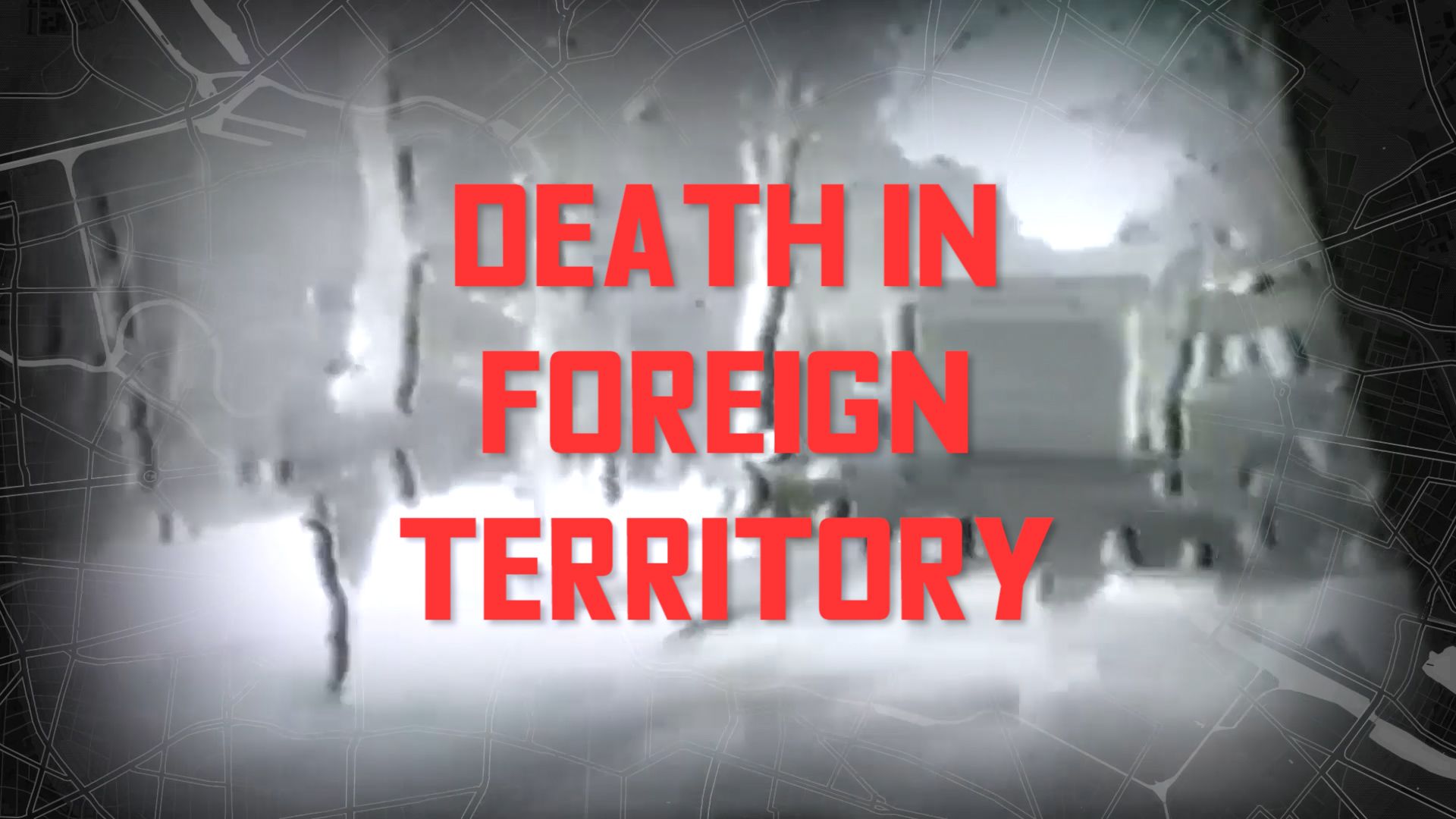
Tensions between East and West spiked during the 1980s.
Foreign missions were under constant threat and there were times when the East German Police forces and Soviet troops crossed the line.
There are two main incidents that all mission staff remember: the death of two Western soldiers in 1984 and 1985.
The first was French Officer Philippe Mariotti, who was rammed off the road by a Stasi vehicle in the city of Halle, and the second just a year later when US Major Arthur "Nick" Nicholson was shot by a Soviet Sentry.

“When Nicholson was killed in March 1985, it was much too serious to be brushed under the carpet," said former BRIXMIS Tour Officer Peter Williams.
"It was the first crisis Gorbachev had to face... Suddenly, on his plate was a Soviet soldier having killed an American officer," he added.
Former USMLM member Stephen V Hoyt worked closely with Major Nicholson in the US Mission before he was killed.
"Nick went to a place which was a routine place to go and he was in the wrong place at the wrong time," said Stephen.
"He went to a training area that was pretty routine and the guard was nervous, a kid," he added.
Stephen believes that’s why his friend was shot.
At the time, the Soviet Union denounced Major Nicholson for trespassing and ignoring warnings.
However, over three decades later, former SERB Officer Sergei Savchenko says this wasn’t true.
"The [Soviet] soldier himself was not adequately or duly instructed as to how to behave in that situation," said Sergei.
"He was trigger-happy on the one hand and actually, he didn't know what to do... He was excited, frightened and acted out of whatever what," he added.
Responsibility for guarding Soviet military assets went directly to the top.
Sergei claims an alternative narrative was created by the Soviet forces, where Major Nicholson was framed as a trespasser who had ignored signs and barbed wire, and was acting aggressively.
"All of this other stuff was certainly not true," remarked Sergei.
"They had to cover up the Chief of Staff."

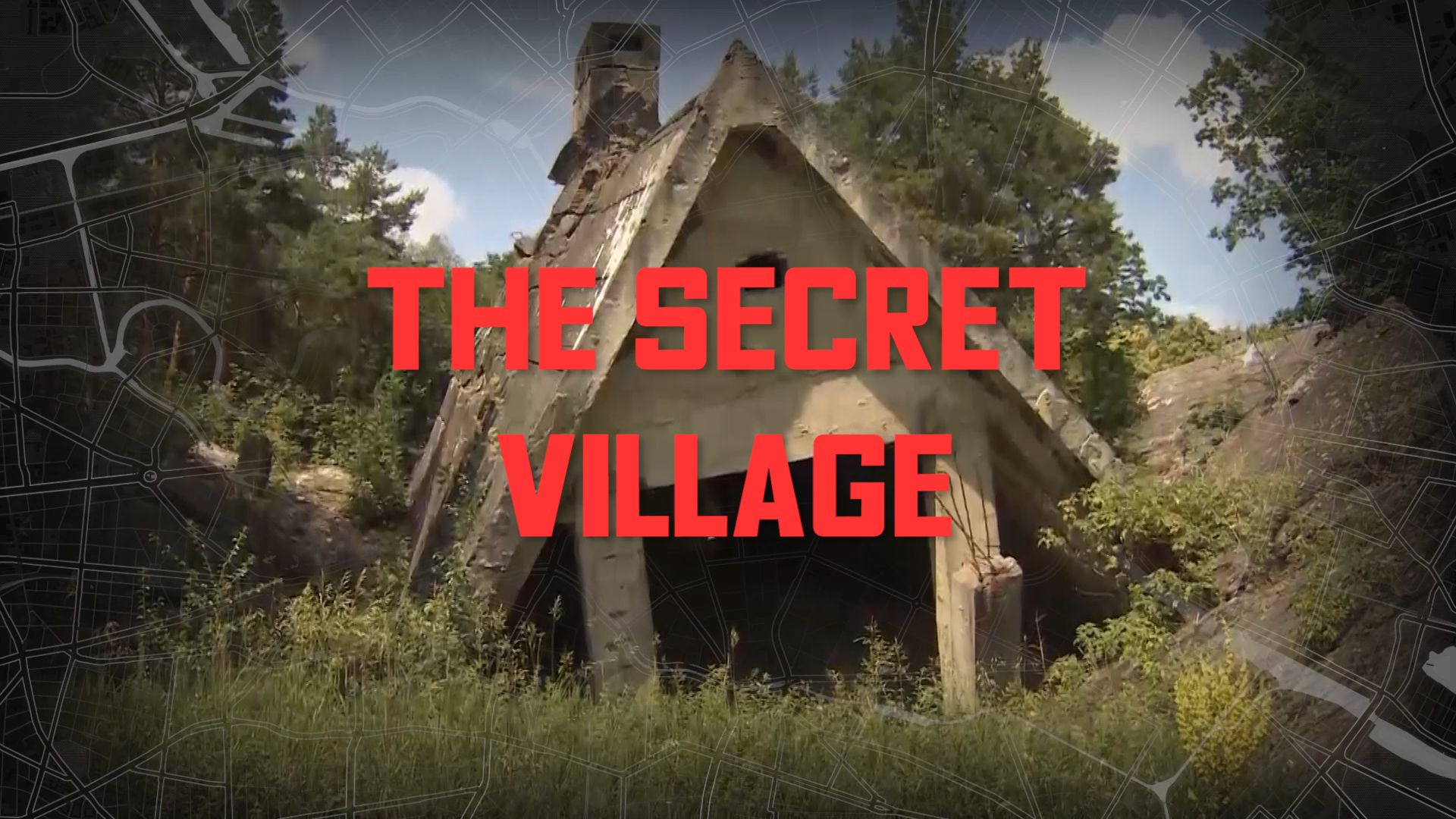
However gung-ho the BRIXMIS men were in their day, they never set foot anywhere near Red Army headquarters, that is, until now.
With the Wall long gone and the Iron Curtain a fading memory, in the summer of 2019, a group of British, American and French veteran spies had the unique opportunity to visit the former Russian headquarters in Zossen Wünsdorf.
The so-called Secret Village was once home to as many as 75,000 Soviet soldiers and their families, but today, the houses are out of bounds to the public, run down and semi-derelict.

A giant statue of Lenin still stands outside what once used to be the Russian Cultural Centre.
"I am glad they haven't pulled all these down and destroyed them, like they normally would have done," said former BRIXMIS NCO Dave Butler.
Despite the general decay of the Secret Village, there are still vivid signs of the former headquarters: grand staircases, long corridors, tall ceilings and even a dusty stage.

Dave Butler standing in an empty room with a "stage" at the Secret Village.
Dave Butler standing in an empty room with a "stage" at the Secret Village.
Beyond the village stood a hidden complex of bunkers that were used by the Soviets during the Cold War.
The underground Soviet operation centre was built underneath decoy buildings, made to look like typical German houses to disguise the real purpose.

The bunkers at the Secret Village were hidden under empty German-style houses.
The bunkers at the Secret Village were hidden under empty German-style houses.
One discovery as they walked round the abandoned communications bunker, was an original Soviet telegram log.
These were once top-secret documents highly prized during the Cold War.
"I get jittery because that is the kind of stuff that we really wanted to find," said former US mission member Mike Ennis.

Secret tunnels were used to reach the underground bunkers at the Secret Village.
Secret tunnels were used to reach the underground bunkers at the Secret Village.
Mike often spent time in damps trying to source similar documents during his time as part of USMLM.
"This would be the golden nugget," he said pointing at the telegram logs.
"Thirty years ago, had we been caught here, we would have been shot. No doubt about it," said Dave.
"What we risked our lives and limbs for to get intelligence information all those years ago, now is all freely available," he added.
"We were spying. And they knew it and we knew they knew it. That was part of the game back then."
Dave said he feels "very lucky" to have been part of the "intelligence-gathering machine" that was BRIXMIS.


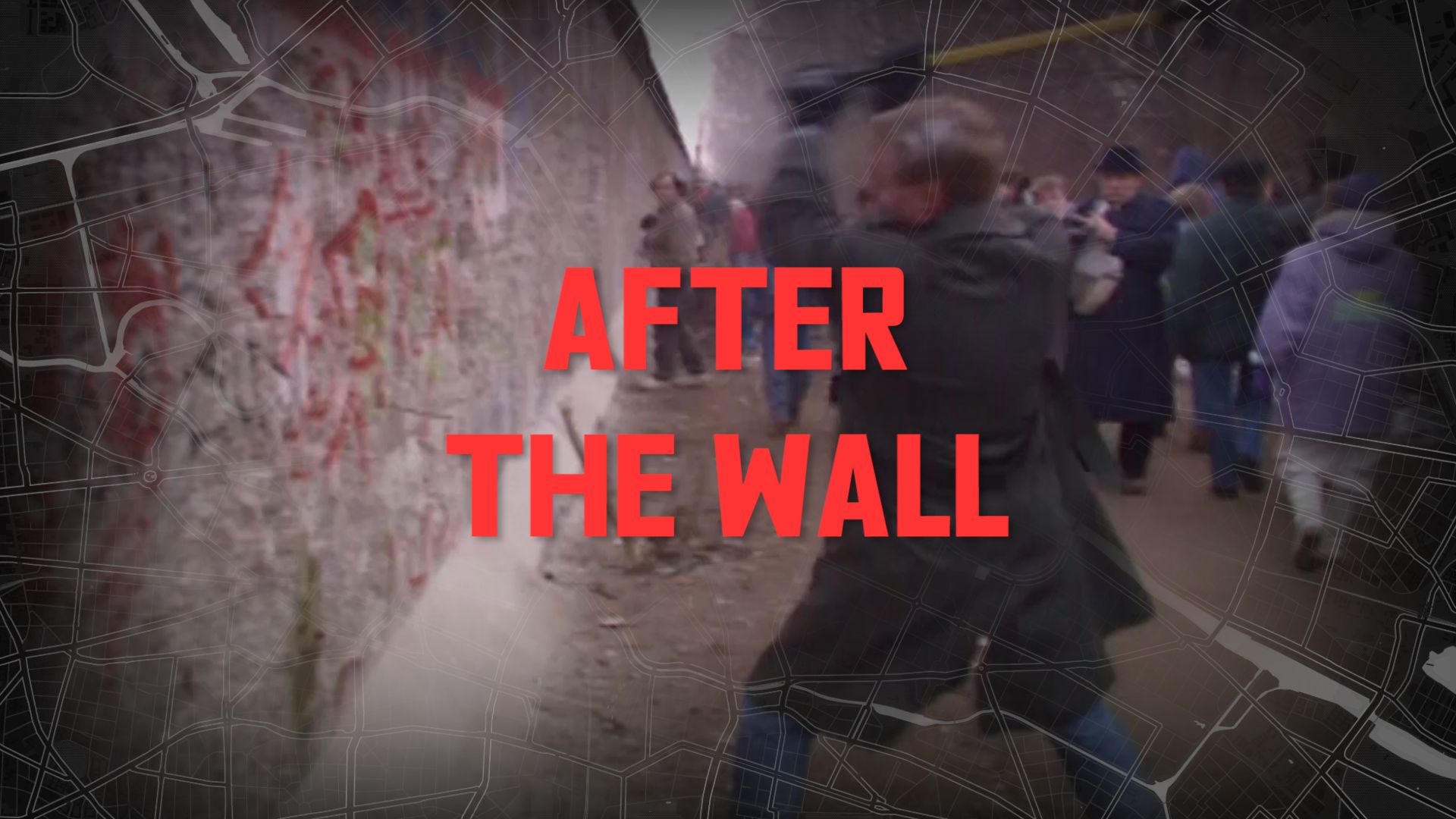
Dave Butler and the rest of the members of BRIXMIS left Germany in June 1989.
Just months later the Berlin Wall came down on November 9 1989, and the entire Eastern Bloc started to disintegrate.

Parts of the Berlin Wall are still standing.
Parts of the Berlin Wall are still standing.
"I left here having no clue that was about to happen," Dave recalled.
"I would say... anybody who said they did, is not really telling the truth and I don't really think anybody had a clue that was about to happen," he added.
Sergei Savchenko, from the former Soviet External Relations Branch remembers a former General at the time being asked if the fall of the Berlin Wall meant the end of the Cold War.
"He looked carefully at the journalist and said: 'You can't imagine how much I want to believe it is'."
For the men of BRIXMIS and the USMLM, the end of the mission was met with mixed feelings about their time in the East.
"All of us were glad we never actually had to go to war together," said Dave.
"Everyone I have ever spoken to from any of the other missions, I have never met a soul who didn't say it was the best experience in their military life," added former USMLM member Stephen V Hoyt.
"You'd go to a place where darn everything's potentially different. It's exciting and you drive fast, police can't tell you to stop... it was like a teenager's dream."
"No other unit was allowed to go into the heart of enemy territory and basically spy on them," said retired Major General Peter Williams.
"I miss it every day. The first thing I look at on a car is a number plate. I can't cross a railway without looking for trains with armed vehicles on it... it doesn't leave you," he added.
"We were gutted because we were hoping to go back for a third tour of BRIXMIS, but the world moved on and so did we."
The Berlin Wall came down on 9 November 1989 and the Soviet Union slowly started to disintegrate, with the official dissolution of the USSR into its component republics in late 1991.
BRIXMIS was formally disbanded on 31 December 1990, 44 years and four months after the Mission was first set up.

Additional pictures and videos courtesy of:
BRIXMIS Archive; Dave Butler; Peter Williams; Sergei Savchenko; Michael Ennis; Stephen V Hoyt.

